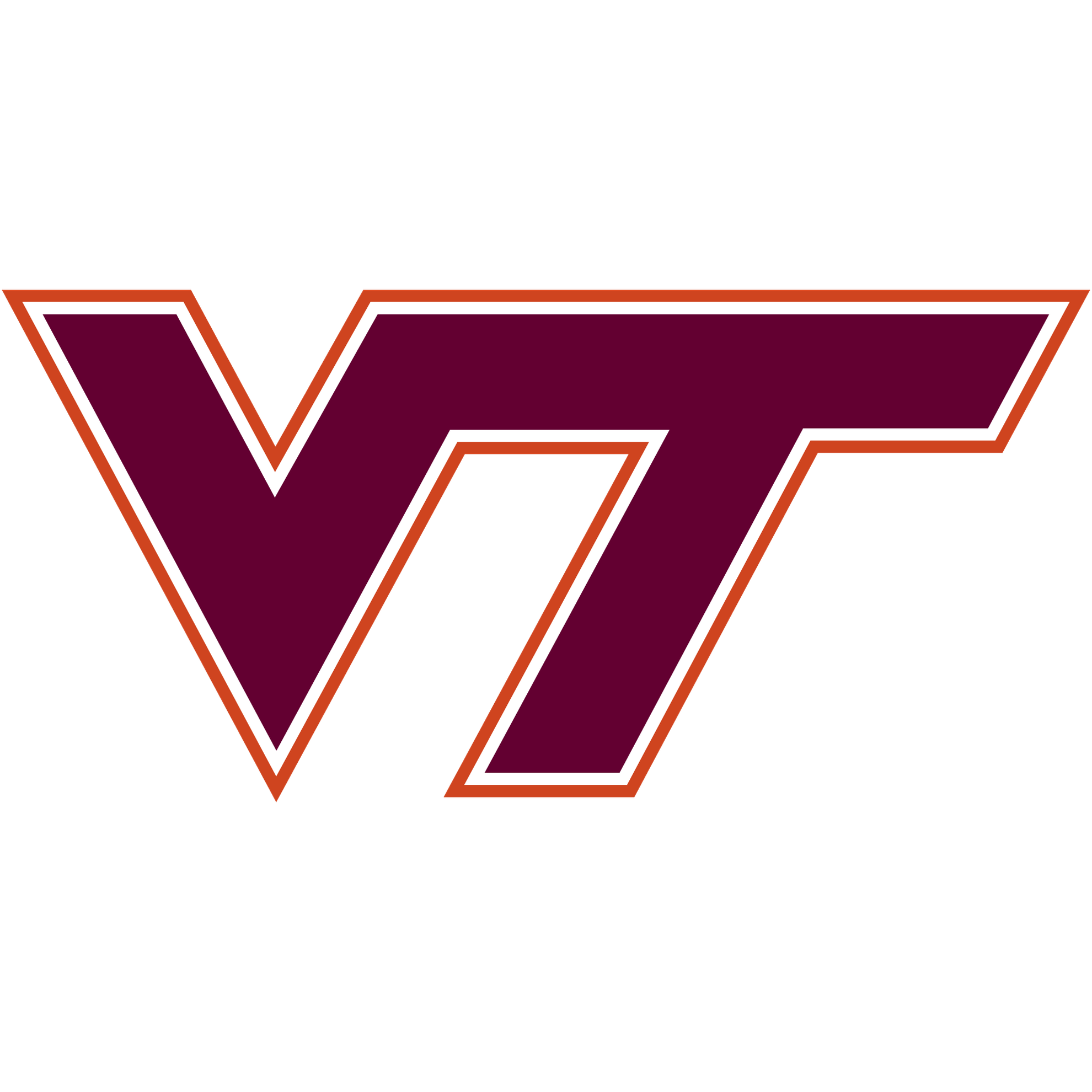release courtesy of University communications
BLACKSBURG - Virginia Tech is participating in a new, landmark $30 million national effort sponsored by the National Collegiate Athletic Association and the U.S. Department of Defense to combat concussions among college athletes and active service military personnel.
The NCAA-U.S. Department of Defense initiative funds the most comprehensive study of concussion and head impact exposure ever conducted. It will enroll an estimated 25,000 male and female NCAA student-athletes during a three-year study period. Virginia Tech will focus on athletes participating in various sports, including football, women’s soccer, men’s soccer, and women’s lacrosse.
Student athlete participants will receive a comprehensive preseason evaluation for concussion and will be monitored in the event of an injury. Data collected from injured students will later be used to help in the prevention of head injuries to members of the U.S. Armed Forces, who will not directly participate. The effort was launched earlier this year (see release) at the White House Healthy Kids & Safe Sports Concussion Summit.
“We have a long history in this research area as we pioneered the concept of instrumenting student-athletes to better understand concussions starting in 2003, well before the dangers of head injuries suffered by athletes at youth, college, professional levels became a focus of the national media,” said Stefan Duma, head of the Department of Biomedical Engineering and Mechanics, part of the College of Engineering at Virginia Tech. Duma will serve as principal investigator of the project for the university.
Virginia Tech will participate in the Advanced Research Core of the study, led by the Medical College of Wisconsin. This will include cutting-edge studies that incorporate head impact sensor technologies, advanced neuroimaging, biological markers, genetic testing and detailed clinical studies to examine the acute effects and early pattern of recovery from sport-related concussion. The research is designed to more fully inform a comprehensive understanding of sport-related concussion and traumatic brain injury.
Virginia Tech will work directly with the University of California Los Angeles and the University of North Carolina Chapel Hill as part of the core group. Work already has begun at Virginia Tech, with a new sensor system placed behind the ears of soccer players that measures and records head impacts.
Duma and Steve Rowson, an assistant professor of biomedical engineering and co-principal investigator in the research effort, have been working with Virginia Tech’s football team to combat and reduce player head injuries for more than a decade.
From the athletic side of the research, Gunnar Brolinson, the team’s lead doctor and vice president of the Edward Via College of Osteopathic Medicine (VCOM) and Mike Goforth, the team’s lead trainer, have been vital in collecting and studying data on player hits and improving player safety. Some 200,000 player hits have been recorded in detail from hundreds of players at every practice and game since 2003, with players wearing sensors inside helmets.
“We have a very unique and impressive team that starts with the cooperation and support of our coaches,” said Duma. “It took 10 years of hard work to get here, and our partnership is paying off.” Duma added that the NCAA-DOD award is based on the combined efforts of a unique research team that includes the College of Engineering, Sports Medicine with VCOM, and the Virginia Tech Carilion Research Institute, with its imaging capabilities lead by co-investigator Stephen LaConte.
“This award is the culmination of many years of teamwork dating back to 2003 when we became the first school to instrument players’ helmets with a unique accelerometer array to begin to study head impact biomechanics and the clinical syndrome of mild traumatic brain injury in sports,” said Brolinson. “We had immediate buy-in from the coaching staff, as well under the leadership of Coach Frank Beamer. Few places in the country enjoy the kind of support and inter institutional cooperation we enjoy here.”
Added Goforth, “No other institution has bridged the gap between academics, athletics, and research so seamlessly. That is a credit to the people in leadership and their desire to contribute to the greater good.”
Meanwhile, Duma and his team continue to prep the introduction of professional and youth hockey helmet ratings, as they have done for football helmets as part of the Virginia TechHelmet Ratings™. The new ratings will incorporate both linear and rotational acceleration into the evaluation system. Duma and Rowson earlier laid five-year plans for evaluating helmets in all sports.
Baseball, softball, and lacrosse helmet ratings systems will follow.
The work by Duma and others at Virginia Tech has garnered national headlines, and action by major sports organizations and helmet manufacturers. The NFL has placed a poster of the helmet ratings system in its 32 locker rooms to educate players on helmet safety, and Pop Warner – the nation’s largest youth football league -- has made national changes in practice schedules based on the team’s research.
